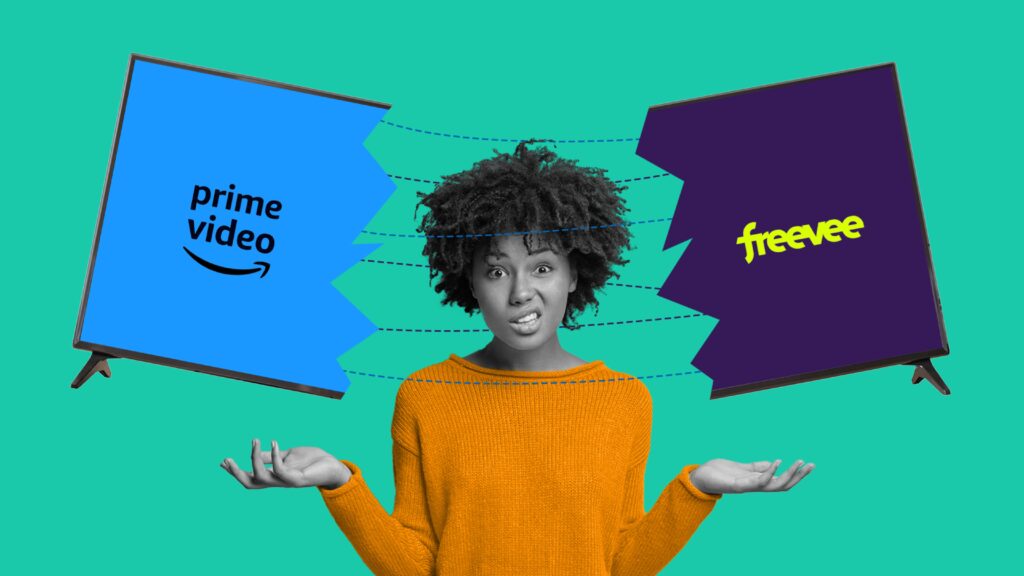We’re Bringing Real-World Measurement to Real-Time Reporting — Introducing Offline Attribution
by Melissa Yap
3 Min Read
CES 2024: Stagwell (STGW) and MNTN Announce Partnership in Unified Performance SolutionsLearn More
Amazon is the latest in a line up of major streaming players to add an ad-supported tier. But does this really change CTV’s growth trajectory?

3 Min Read
When Amazon’s announcement of an additional ad-supported tier starting early 2024 came across our newsdesk, it didn’t come as much of a surprise. This year we’ve observed major streaming networks flocking to FAST, knowing the clear impact such a revenue-stream shift would have on their bottom line. An ad-supported Prime Video presents new opportunities for advertisers who want to reach an existing – and lucrative – subscriber base who are more liberal with their spending patterns (the average Prime subscriber spends $1400 yearly versus the $600 spent by non-subscribers), it also signals more fragmentation in the space. So how can advertisers find their audiences? And for viewers, what does this mean for content discovery?
“We’ve made it to the promised land, but the promised land looks a bit like where we’ve just been, in the sense that there’s huge fragmentation across the digital media landscape,” Andrew LaFond, Vice President and Executive Director of Media and Connections at R/GA, told Digiday this spring. “We made it to the future, [but] the future has its own challenges that we need to work through.” This sentiment is proving sticky in a media landscape where advertisers are vying for reach and the gap is narrowing between Linear TV and streaming.
Linear TV will be doing its old song-and-dance for a while yet. Its viewership may be on the decline, but it’s still massively popular, as Brian Wieser pointed out in his Madison and Wall’s analysis in the above chart. So blue-chip advertisers will continue to use it as their age-old tentpole for maintaining reach.
This fact (if temporary) might be why fragmentation takes up such serious real estate in the minds of AdLand. Yes, Amazon’s new ad-tier, which joins their existing FreeVee offering, will fragment audiences further. But as Wieser puts it, it’s just another reason to “refine the ways [advertisers] define and make use of ad-supported television inventory in their campaigns.” This is where the performance marketing “school of thought” you follow matters. Sure, you’re not going to get the broad reach that you’d find during The Big Game on Linear TV, but when advertisers take an audience-first approach that finds in-market viewers on the content they love to watch, fragmentation is a non-issue. This refined and targeted approach is more cost-effective and efficient, and more importantly, measurable — especially when using performance marketing solutions like MNTN.
The news of more ad-supported channels begets another question: will viewers end up paying more for ad-free content? Currently, 1 in 3 US users subscribe to FAST services. Whether we see paid subscriptions go down as FASTs go up remains to be seen. Wieser’s take is that consumers are willing to go ad-free if they consume a lot of a service. “I think the same will be true for every other service, such that the less intense a consumer’s relationship with a service, the more likely they will stay on an ad-supported tier, so long as they maintain their subscription.” This prediction makes sense, considering Amazon’s Prime offering extends beyond streaming, with ecommerce as their tentpole.
For penny-pinching consumers (i.e. most of us, hello, ~*~inflation~*~), Amazon’s announcement doesn’t really change a thing. Viewers will still continue to stream, the market will continue to fragment into different levels of ad-tiers, and TV advertising’s dynamic will continue to favor performance-based, audience-first targeting to get in front of the right viewers, every time.
Other CTV News You Need to Know: